Bathing practices, Ambom, Indonesia (20th Century)*
Artist/Designer: Indonesian
Project Location: Indonesia
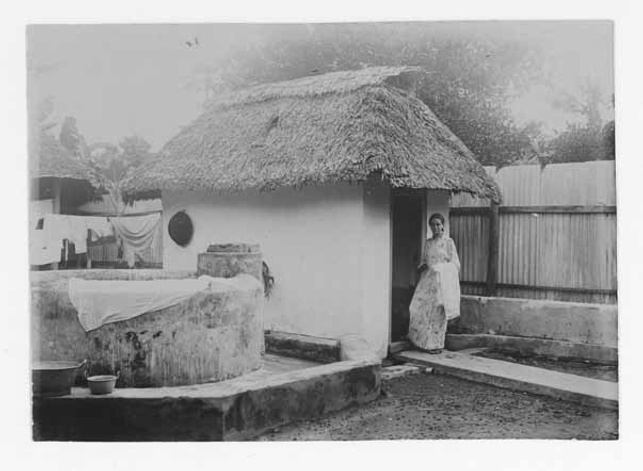
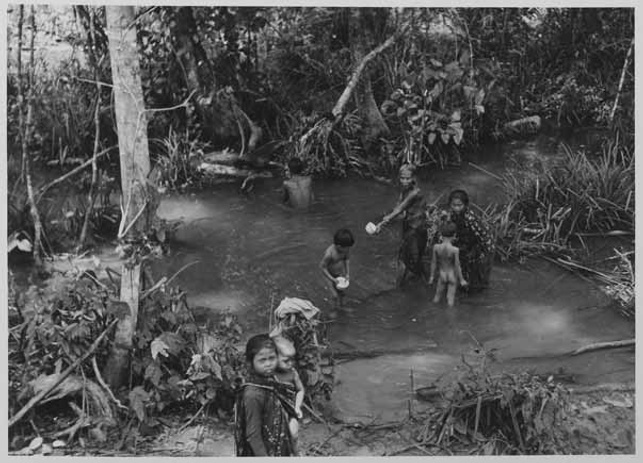
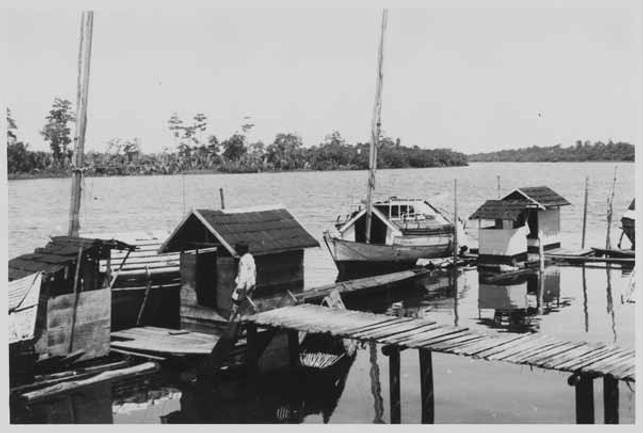
Indonesians, Palembang, circa 1932 ( Source | Accessed : February 25, 2020 | Photographer: KITLV Archive )
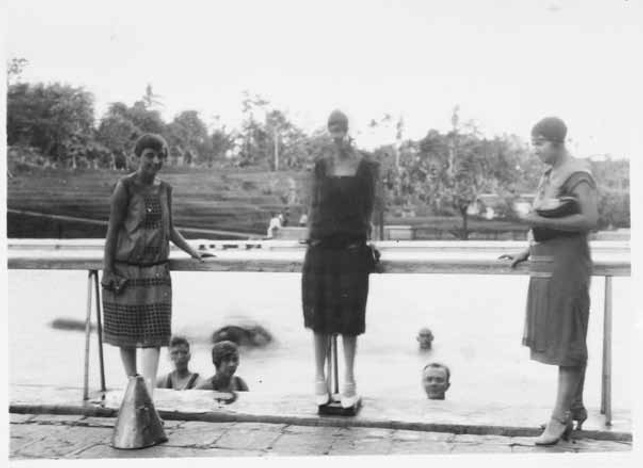
Bandung, 1925 ( Source | Accessed : February 25, 2020 | Photographer: KITLV Archive )
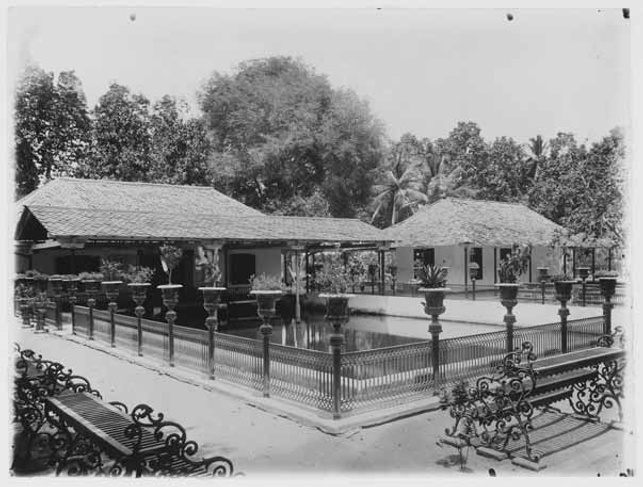
Yogyakarta, 1895 ( Source | Accessed : February 25, 2020 | Photographer: KITLV Archive )
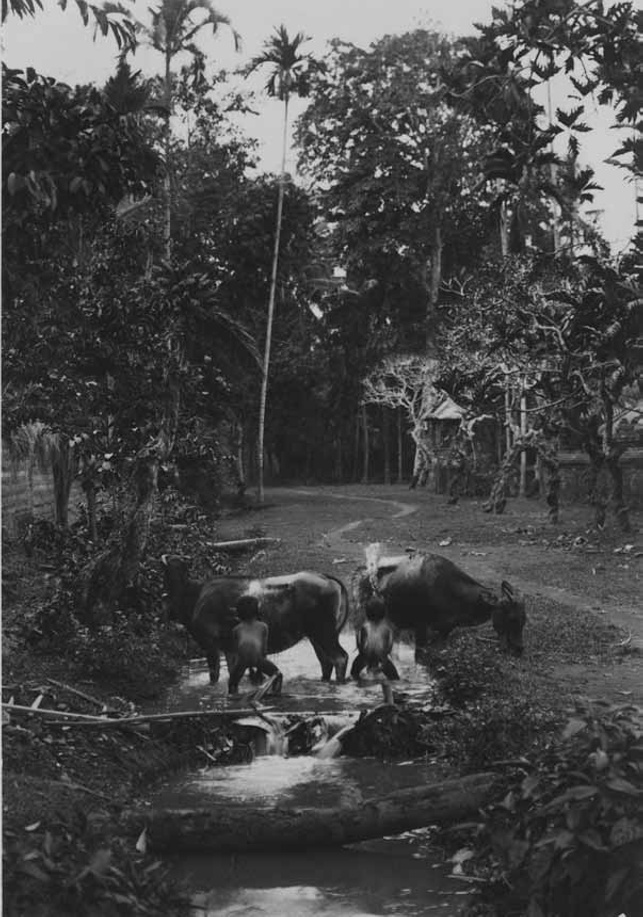
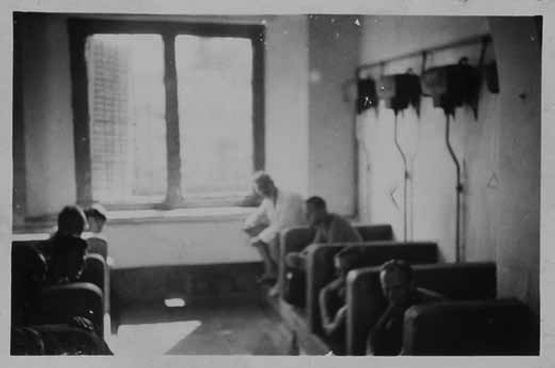
latrines, Ngawi, 1940 ( Source | Accessed : February 25, 2020 | Photographer: KITLV Archive )
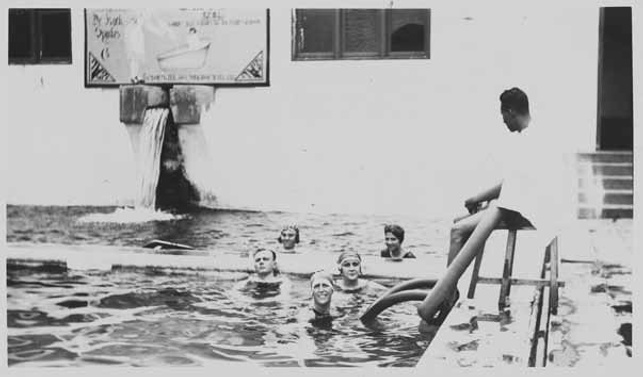
Bandung, 1925 ( Source | Accessed : February 25, 2020 | Photographer: KITLV Archive )
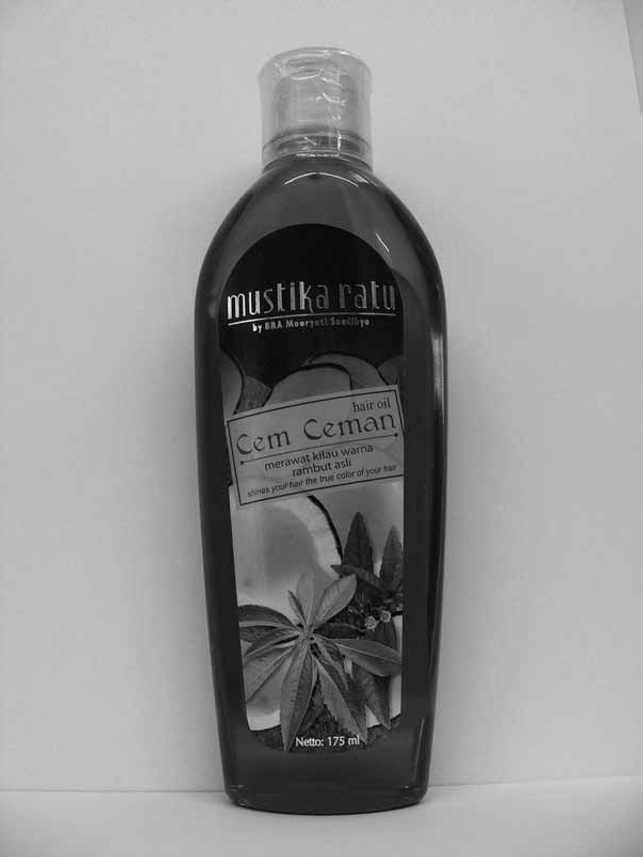
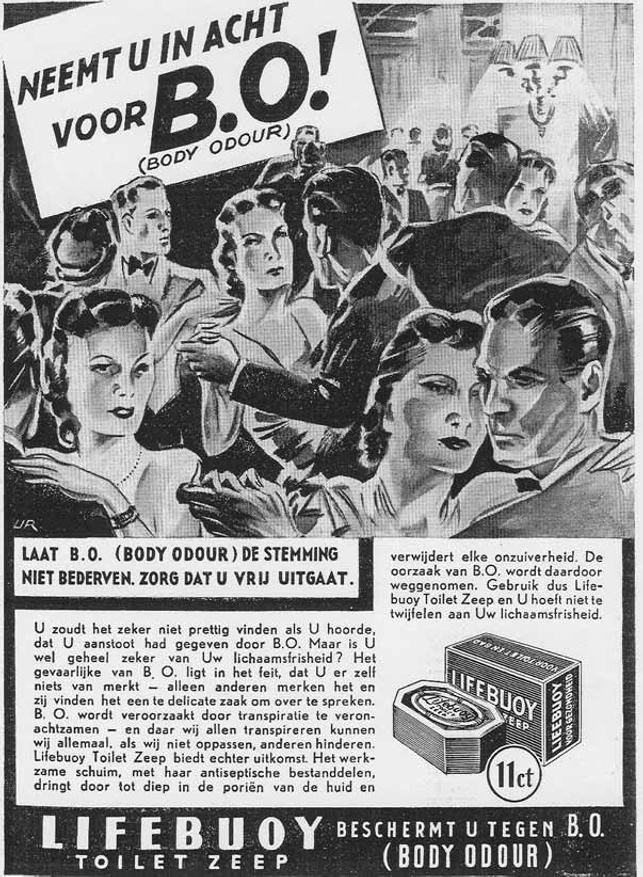
from B.O. (Body Odour).’ Lifebuoy advertisement,
published in De Politie, 1937. ( Source | Accessed : February 25, 2020 | Photographer: Unknown )
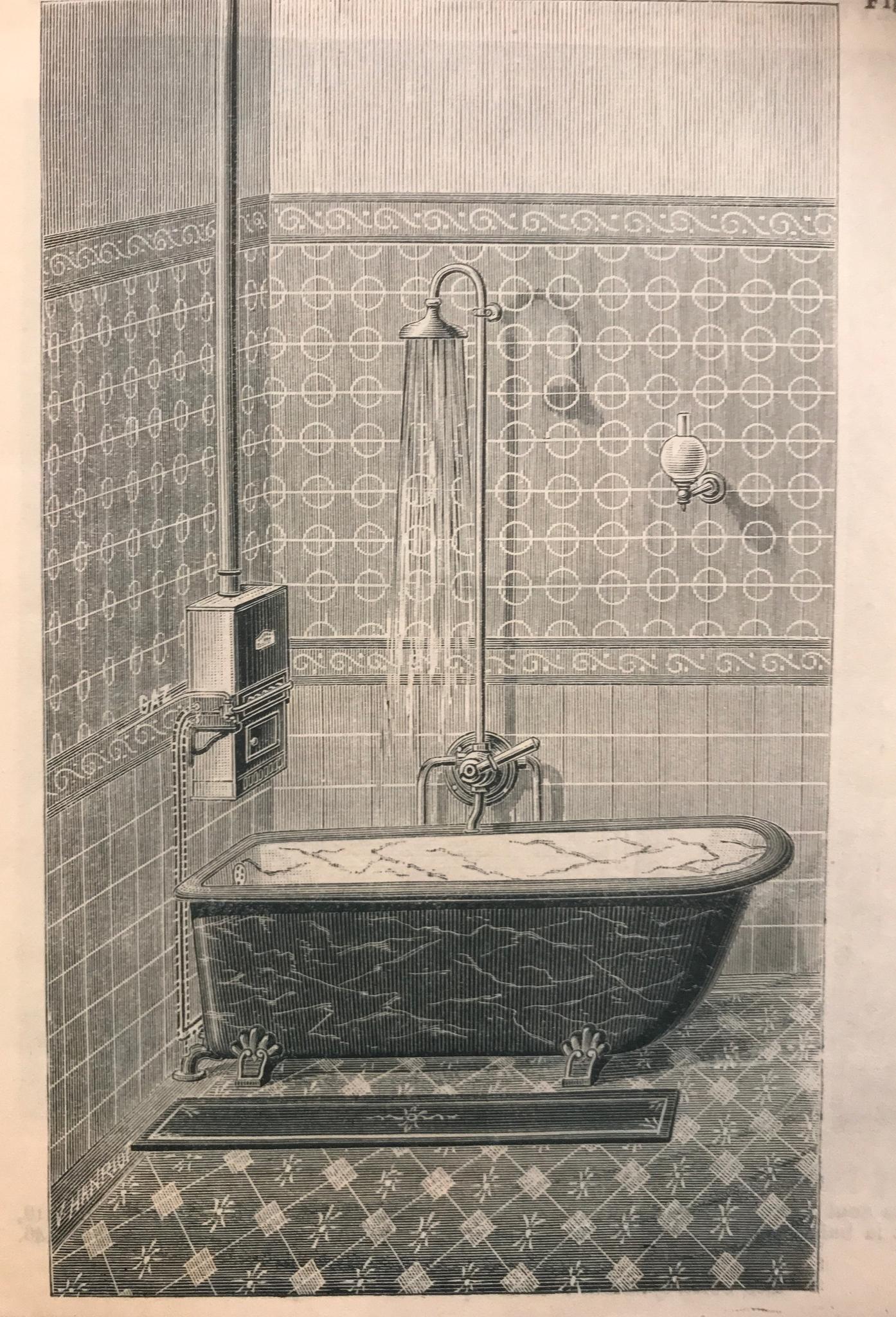
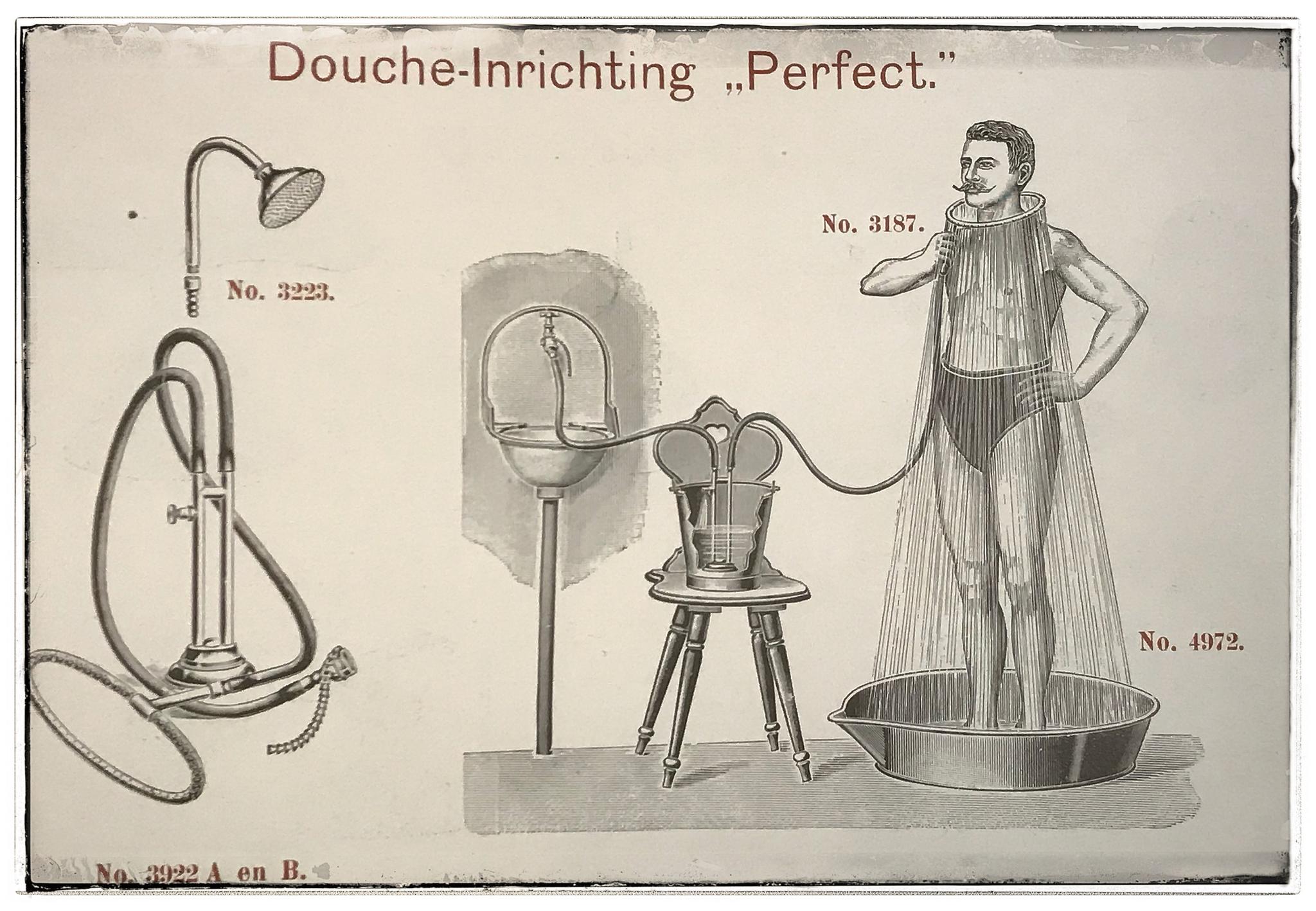
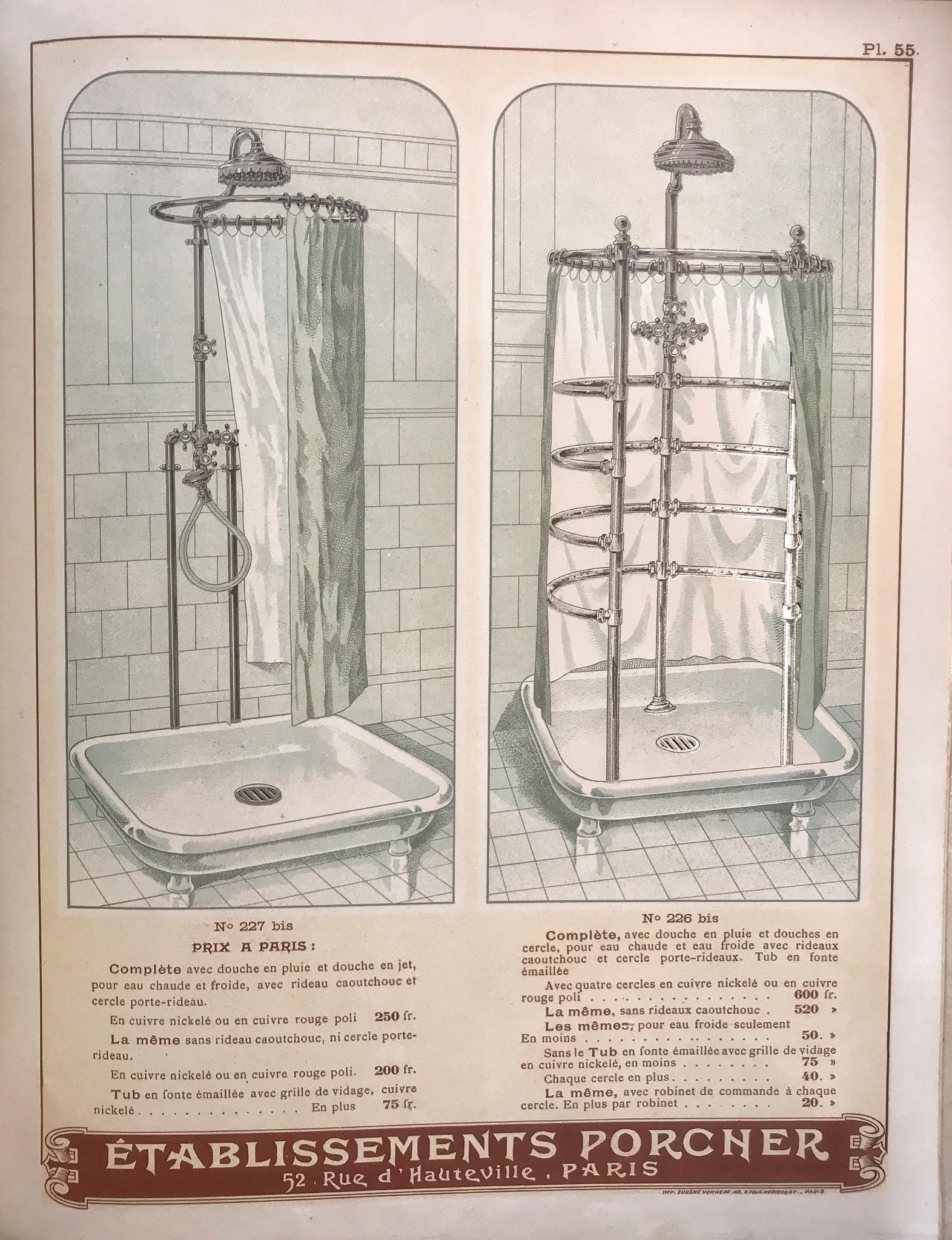
Style/Period(s):
Vernacular
Primary Material(s):
Water, Brick
Function(s):
No Function Assigned.
Related Website(s):
Significant Date(s):
20th Century
Additional Information:
Documented through the lens of a colonial camera, the images tell us that rivers functioned as bathrooms and laundry for the majority of native Indonesians. Jean Gelman writes, the abundance of rivers and warm temperatures in Indonesia made bathing practical, rather than building bathhouses that were the solution for cold climates or environments where water was scarce. Piped water hadn’t yet become a part of most neighborhoods in these colonies. So most people had to walk to water sources and carry water back home for drinking and cooking. The Europeans adopted Asian personal habits of daily bathing when the Dutch immigrants came to settle in the colony. The bathroom with its tiled water tank and dipper became a fixture of the Dutch house in the Indies long before Dutch houses in the Netherlands acquired a separate room dedicated to personal bathing.
Publications/ Texts in print:
Taylor, Jean Gelman. "Bathing and Hygiene Histories from the KITLV Images Archive." In Cleanliness and Culture: Indonesian Histories, edited by VAN DIJK KEES and TAYLOR JEAN GELMAN, 41-60. Brill, 2011.
Building Address: Multiple locations including Royal bathing place, Ambarwinangun, Yogyakarta; Swimming pool, Bandung; River, Bali; Palembang, circa
Significant Dates: Documented in 1895, 1914, 1925, 1932, 1940
Tags: Indonesia, Dutch colonisation, Bathing practices, Public bathing, Ethnography, Archeological sites,, Bath culture, Bathing culture, Bathing, aqueous, hygiene, hygienic, health, Water, Brick, Ambom, 20th Century
Viewers should treat all images as copyrighted and refer to each image's links for copyright information.